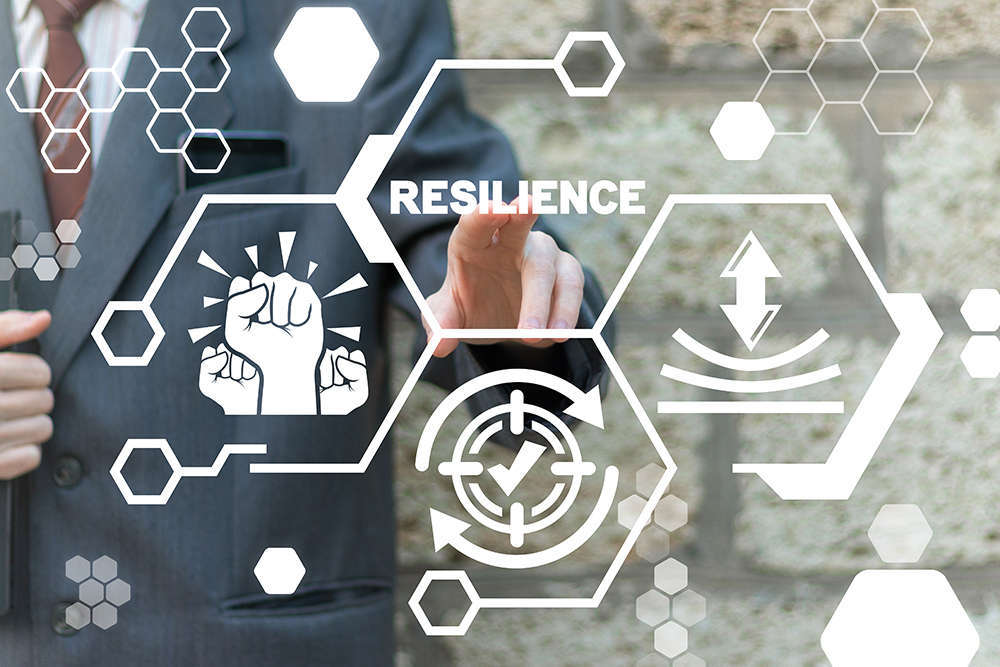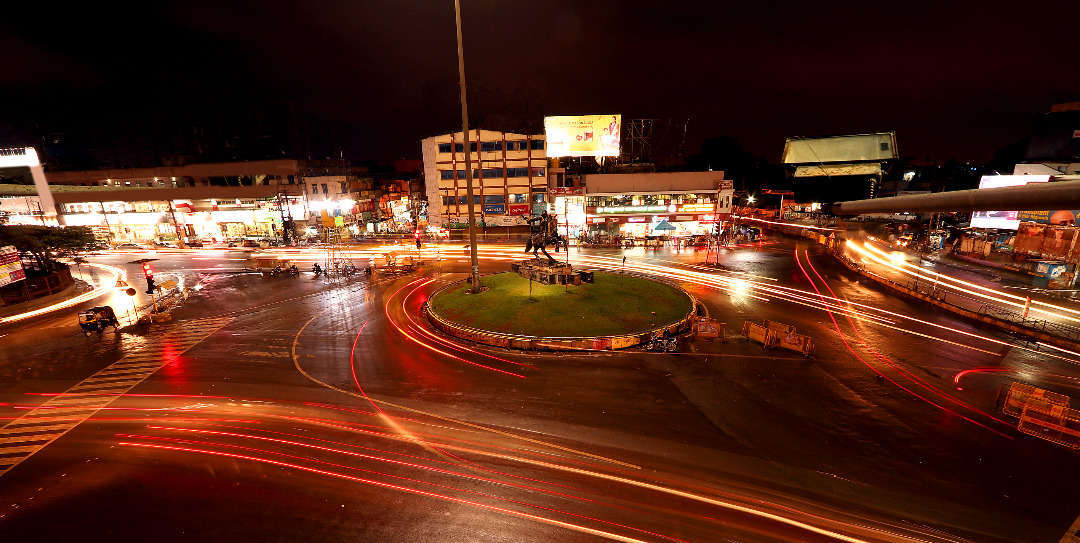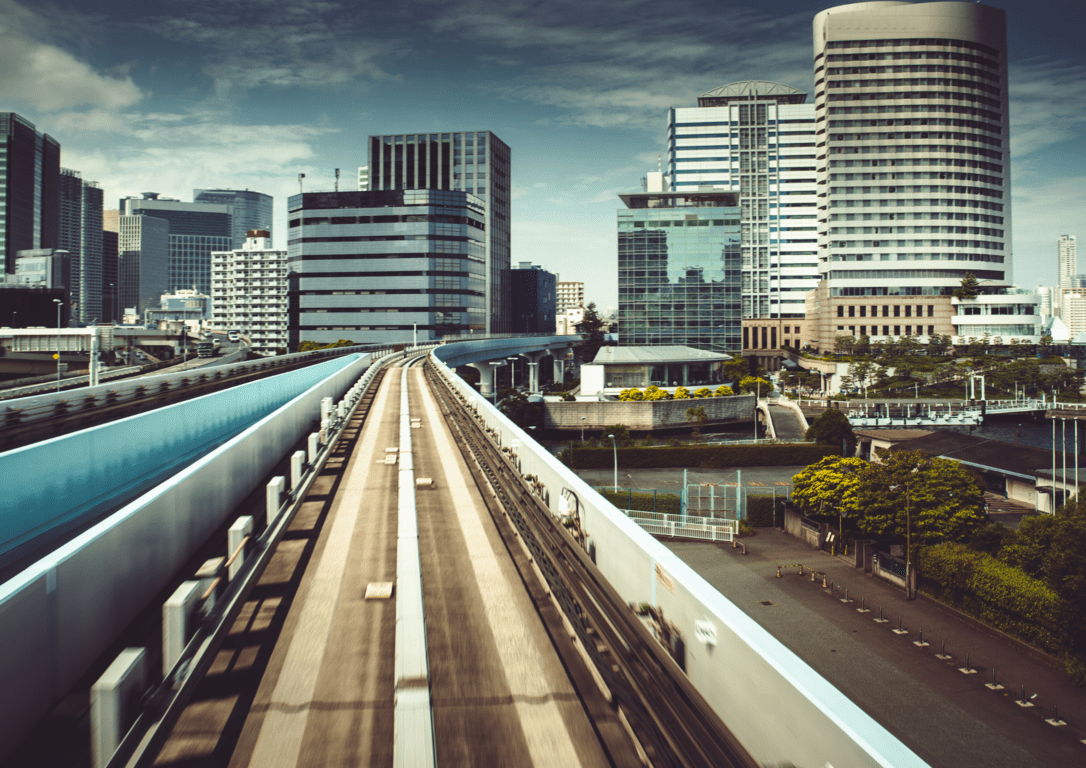Urban Renewal
Introduction
Urban renewal is used synonymously with urban redevelopment, regeneration, rejuvenation, relocation, rehabilitation, in-situ development, restoration, conservation, and urban reforms. These terms may have varying meanings but fall under the same goal and broad category, viz. urban sustainability.
The urban renewal of an area is implemented due to urban decay, or on barren land or underutilized land. The main aim behind urban renewal is to improve the reflection of the urban area. It directly affects the socio-cultural identity of the local communities, eventually, improving quality of life, along with positively affecting the happiness index of the inhabitants.
Any neighborhood, city, or region which has been used for infrastructure, residence, employment, or any other public utility is bound to deteriorate gradually. For instance, neighborhoods can transform into slums, historic buildings can disintegrate, and old cities can become hubs of congested market places. All these examples have one root cause - the lack of upgrading the existing infrastructure with the current needs of the people. This up-gradation can be in the form of public services like water supply, electricity and communication supply, sewage system, waste disposal services, or mobility, among others.
From the historical context, urban renewal was a method for the revitalization of central business district areas or the gentrification of residential neighborhoods. A fine example is Baron Haussmann’s Paris revitalization between 1853 and 1870. Paris was under duress because of its scanty neighborhoods, obsolete infrastructure, lack of hygienic living conditions, and other numerous problems which made it difficult to perform day-to-day activities for the civilians. It was the then-president under whose leadership Haussmann pitched to transform Paris as it is seen today.
Nowadays, urban renewal is not confined to but proposed to shape and uplift local communities. These projects can be small-scaled, such as, removing the dumping grounds away from residential areas and using the land as recreational spaces; or large-scale projects like the revitalization of urban river streams which have become nallahs due to the ignorant drainage network planning of the city. The broad objectives behind any of these projects remain –
· Renewal of spaces so that they add to the revenue generation for the government – new, improved, and people-friendly spaces invite investments and employments
· Brownfield development instead of greenfield development – it helps in the prevention of valuable agricultural land being used
· Civic life – a subconscious morale boost for the inhabitants
· Environment – sustainability is a very important part of urban renewal
· Socio-cultural aspects of the community life are emancipated – affecting the perception of security and neighborhood life positively.
Even though the task of urban renewal project is a wholesome outcome that affects anyone and everyone in some way, some of the expected outcomes include –
· Introduction or redevelopment of green spaces and recreational spaces
· Maintenance and renewal of public and private urban heritage
· Improvement in the real estate
· Improvement in urban mobility
· Protection and renewal of historic heritage to conserve the local identity of the area
· Affordable housing and improved infrastructural facilities in the residential areas for the people
· Improvement of public utilities
· Assurance of safety and security
Urban Renewal and Urbanisation
o understand urban renewal more clearly, it is important to understand how urbanization is an integral part of any development in urban areas. Urbanization includes people either migrating towards urban areas or an area developing to gain urban characteristics. In both cases development is inevitable. In the current century, development goes in sync with sustainability and this is where smart development and urban renewal play their role. This is also the reason that we call urban renewal is an important aspect of urban planning. Urbanization is an affirmative conclusion to how our cities and future cities are being planned. Then why not think of rejuvenating or redeveloping the existing infrastructure first? It would save a lot of money, time and reduce the carbon footprint of the area.
Urban Renewal under the lens
For any project to be initiated for an urban area, various stakeholders need to be considered and the effect it might have on them. It is
necessary to understand how it is perceived. Some of the stakeholders are
· Affected residents – for instance, in situ development of slums or slum rehabilitation projects uplift the living conditions of the slum dwellers.
· Urban planners – land-use planning is an important part of how a city would function in the future, urban renewal projects form the short-term goals for the city. Planners have to consider the infrastructure and services that the community needs and will need after the execution of the project. This generally falls under annual plans or action plans or neighborhood plans.
· Government – the upliftment of the face of the city helps in inviting investors for settling their businesses, eventually providing employment and helps in revenue generation.
· Financial institutions – any project has monetary requirements and the financing institutions study the current need of the project and the future returns it will have to recover the costs incurred
· Developers – just like the financial institutions, the developers seek the feasibility and future prospects from the project
· General public – the people who access the areas which are to be renewed and the impact of the project on them
The process…
Planning, Financing, and Implementing an urban renewal project involves the decision-makers, i.e the government to sanction it. After the project is floated, the stakeholders get involved, especially the urban planners who have the responsibility of providing the layout and the land-use percentage along with the planning regulations and the policy recommendations. The financial institutions involved can come from various levels, such as the central or state level or municipal finances, or other financial institutions. The major part of implementation lies in the hand of the developers which predominantly was the public sector, but now, Pubic-Private Partnership is thought to be a better option.
Case in Point
Hazrat Nizamuddin Basti Urban Renewal Initiative
This urban renewal project focuses on the socioeconomic revival of the Hazrat Nizamuddin Basti. The objective is to improve environmental conditions and strengthen essential urban services with interventions in core areas of education, health, and sanitation. All programs commenced following quality of life assessment study.
Conclusion
Even though urban renewal is for the betterment of the communities and the civic lives, sometimes it does more harm than good. Displacement of people and businesses is sometimes considered the characteristic trait of an urban renewal project, which might be good for the community but it hampers the livelihood of a lot of people in the process. As mentioned, urban renewal is a way to keep intact the local identity along with improving the living quality of the people. We need to understand the extent of reconstruction or renovation or revival we want to do without harming the sense of security that the society has. Another important aspect in any urban planning project, especially urban renewal projects - participatory planning. In India, participatory planning is a novice idea that needs to be implemented.
"Communities and urban areas under duress being catered to instead of developing new areas and giving wholesome solutions for better living conditions ."
People need to be a big part of what is to become of their future homes, neighborhoods, and lives. A lot of projects create a sense of resentment in the public because of the non-consensual decisions that are taken by the government. A solution for this is to create awareness about the programs, initiatives, and decisions that the government needs to take. In conclusion, if planned, financed, and implemented with the consent of the stakeholders and with a vision to create an inclusive community, urban renewal is at par with all other sustainable urban planning methods.
Related Articles

RESILIENT INFRASTRUCTURE THROUGH INNOVATION AND TECHNOLOGY

Transit in Hubballi-Dharwad

AVAILABILITY OF PUBLIC TRANSPORTATION: IMPORTANT IN DEVELOPING CITIES - By MITASHA DUGGAL

Introduction of Transit Oriented Development in metro cities: A case study of Kochi





